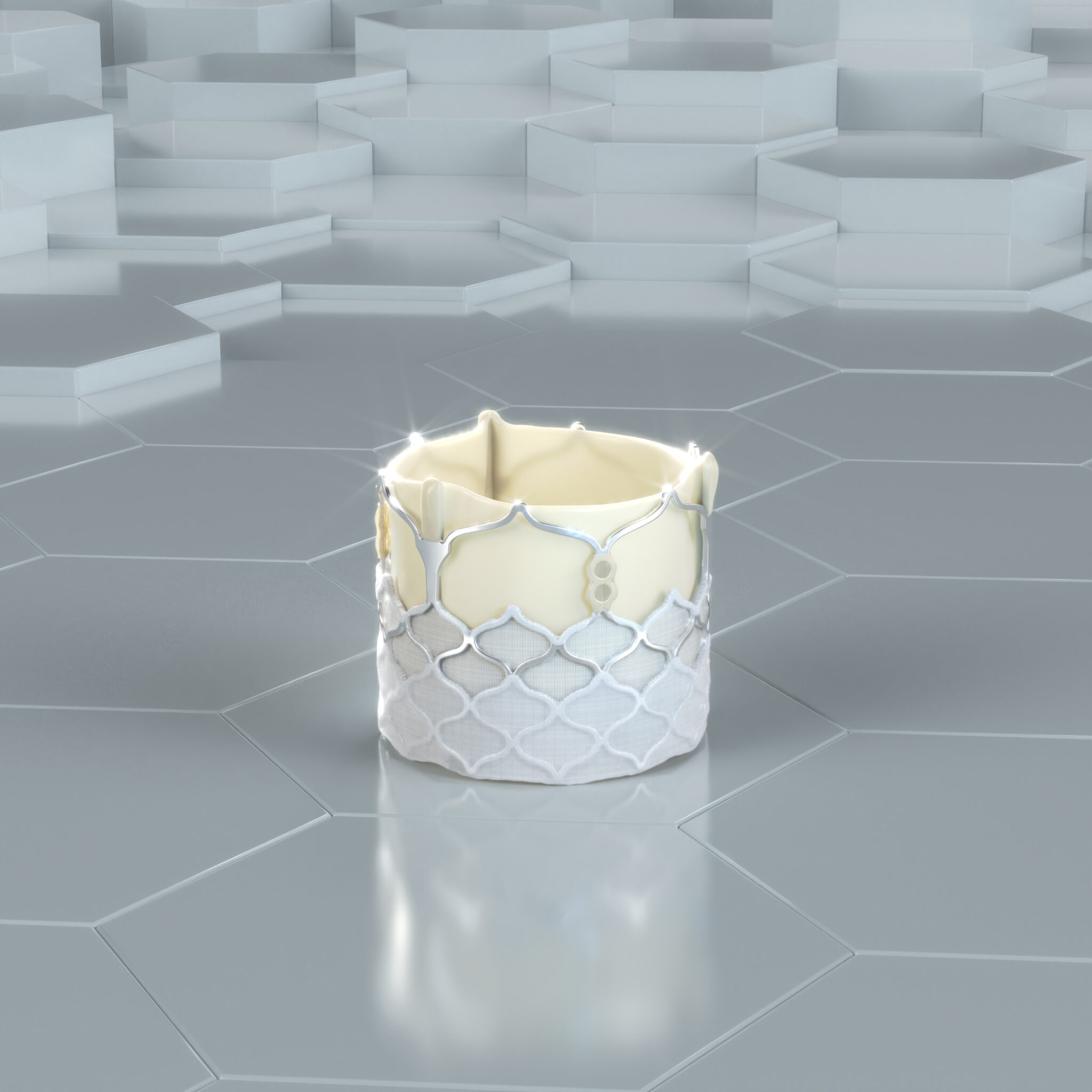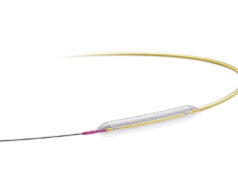
Anteris Technologies has announced that the biomimetic DurAVR transcatheter heart valve (THV) has now been used to treat over 100 patients worldwide.
The 100 cases include de novo aortic stenosis, valve-in-valve (ViV) patients and complex anatomies such as bicuspid aortic valve patients. Sixty five patients have successfully completed the primary endpoint measures of safety and efficacy, including haemodynamic benefit at 30-days post implant.
Chris Meduri, Anteris chief medical officer, said: “We are incredibly proud to have reached this milestone, which represents years of dedication, research, and importantly collaboration with expert physicians in the field. The excellent haemodynamic performance we are seeing is noteworthy in that it shows that DurAVR has the potential to restore natural heart valve function and thereby redefine what success looks like in the treatment of aortic stenosis.”
Michael Reardon (Houston Methodist Hospital, Houston, USA), study chair of the DurAVR THV pivotal trial, said: “We are building on a strong foundation of clinical evidence, and we remain committed to rigorous scientific evaluation as we progress toward the all-risk, head-to-head, DurAV registration trial.”
The company remains on track to commence the DurAVR THV pivotal trial in the third quarter of 2025, pending US Food and Drug Administration (FDA) approval, the press release adds.
One-year performance data for the DurAVR valve were recently presented at Sydney Valves (20–22 March, Syndey, Australia), where Rishi Puri (Cleveland Clinic, Cleveland USA) reported that the valve demonstrated a favourable haemodynamic profile sustained to one year, with an effective orifice area (EOA) of 2.1+0.2 cm2, a mean pressure gradient (MPG) of 8.6+2.6 mmHg and Doppler velocity index (DVI) of 0.58.
Clinical safety outcomes show positive results with no valve or cardiovascular related mortality and importantly no prosthesis-patient mismatch (PPM) reported in these small annuli patients (aortic annulus area 395.80+37.26mm2).













